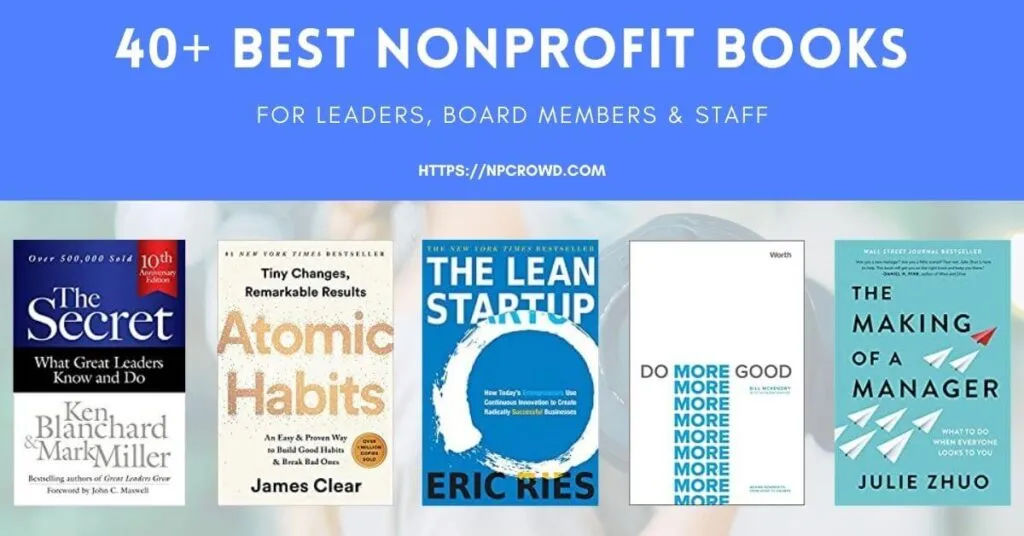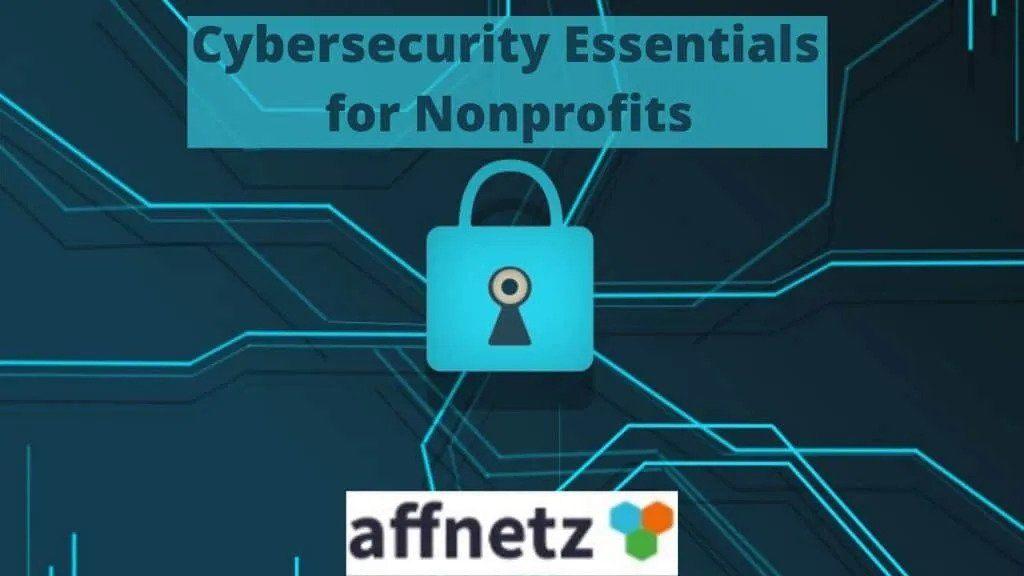Nonprofit book recommendations are a new blog topic we’re providing at Affnetz. We love to learn – which involves quite a bit of reading – and it’s a joy to pass along some of our favorite books to you.
Here is the first post in a series of posts on nonprofit book recommendations for leaders and practitioners in the nonprofit arena.
This first book post is on major gift fundraising.
Bill Sturdivant’s The Artful Journey is one of the best books ever on major gift fundraising and relationship building. The Artful Journey changed my perspective on fundraising and personal giving more than any book, experience or mentoring that I’ve ever received. I’m so grateful to a mentor from Duke University’s advancement team for telling me to read this book.
This book is worth its weight in gold to fundraisers — and the price is somewhat like gold, in that it’s out-of-print and the price fluctuates wildly on eBay and Amazon.
Here are some of the many gems from The Artful Journey:
- Our relationships with prospects don’t always unfold in a straight line however we owe it to donors to be proactive and assertive. You must have a high tolerance for ambiguity, but just remember that fundraising is far more art than it is science
- Outcomes and benefits speak to the humanity of a gift, not the features. e.g. The students changed from entering the halls versus the number of windows.
- Connect to the donor’s personal experience. The stronger and more emotional the connection the bigger the gift. Creative cultivation can make this happen as well.
- The best cultivation tool is an outstanding giving experience
- Your own research is important in major gift fundraising, but the biggest payoff is often from natural partners who help you learn more about the donor (e.g. giving capability, interest(s) in your organization, what they want out of the giving relationship, and peers to whom they respond). You then identify the primary player (from your natural partners) to whom the donor will find it most difficult to say ‘no’ too. This person is your most significant point of leverage – whether inviting the donor to an event or making the solicitation. It is through this person you put the background knowledge about the donor to work. Keep in mind – you as the fundraiser are the moves manager in this process choreographing and prompting the process at all stages. Don’t let volunteers do this – it’s critical to act strategically.
- Establish the gift goal and opportunities you think the donor will be interested in pursuing. Also list out the questions you expect from the donor.
- Measure the outcomes of your contacts based on what you learn from the donor related to the organization and how they react – not by whether or not you state your case and give a flawless stump speech or you think the donor likes you.
- Remember, this isn’t in stone and the beauty of it is the opportunity to learn what we’re correct about and what we’re not so correct about related to each donor. Which leads to another important point about setting preliminary goals: without preliminary goals you have nothing to measure your progress against. If you are moving a donor forward toward a particular funding opportunity and plan to involve a primary player that is really tied to that opportunity, then learn that the donor isn’t interested in that type of project, you can regroup! This also keeps you from feeling so hog tied by so many options.
- Immediately following each move you should chronicle your next move. It is essential to act while the fire is hot so you can move forward with the best info while it’s fresh in your mind. Reflection is good, but don’t lose the momentum associated with your last ask.
- With the annual fund, all moves are solicitations BUT in major gift fundraising it’s all about cultivation and moves/contacts that probe to unearth a donor’s motivations and interests. It’s not enough to talk for 45 minutes about a common interest you and the donor might have — always enter into moves/contacts with a plan for walk-aways (much like Fisher and Ury’s BATNA – best alternative to a negotiated agreement).
- It’s all about mission directed cultivation. Plain and simple: To be effective a move/contact must penetrate the consciousness of the donor with regard to the organization or a giving particular giving opportunity. Progress is measured incrementally, but you should always have the BATNA approach in mind in that you have a specific best-case goals and worst-case goals for each contact. You are always looking to learn more from the reaction of the donor to the move/contact and to learn enough to then know what the next move will be.
- Don’t wait for perfect research in order to make a move. Remember, you can make a couple moves to uncover that research!
- This leads to the important point that once you know ‘enough’ don’t be paralyzed or waiting to learn more when you should actually just move forward. Not only will you learn more about the donor, you’ll also be advancing the donor in terms of moving them toward a possible gift.
- Just as our prospects will proceed slowly in building their relationships with us, we too need to proceed slowly in assuming too much too quickly.
- It’s not just what a donor wants out of the giving relationship, it’s also about how the donor’s decision making process. What are the steps that a person will make in deciding whether or not to donate?
What are your favorite books on major gift fundraising? What are your nonprofit book recommendations?




